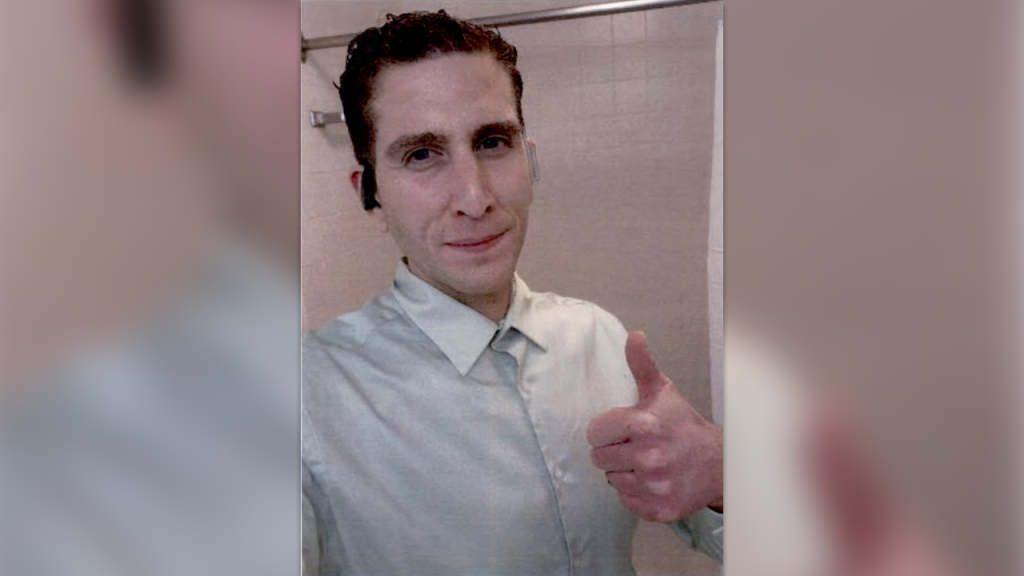The trial of Bryan Kohberger, accused of the brutal murder of four University of Idaho students, is set to begin amidst ongoing legal maneuvers regarding evidence that may influence his defense. Prosecutors plan to introduce weather records from the night of the crime, which could undermine Kohberger’s claims regarding his alibi. As this highly-publicized case develops, significant evidence will be scrutinized in the courtroom, raising questions about the impact of environmental conditions on legal defense.
| Article Subheadings |
|---|
| 1) Overview of the Incident |
| 2) The Defense’s Argument |
| 3) Prosecutors’ Evidence Strategy |
| 4) The Impact of Weather Conditions |
| 5) Implications for the Trial |
Overview of the Incident
On the early morning of November 13, 2022, Bryan Kohberger allegedly killed four students—Madison Mogen, Kaylee Goncalves, Xana Kernodle, and Ethan Chapin—in a rental home located near the University of Idaho campus in Moscow, Idaho. Kohberger, then a 30-year-old Ph.D. student at nearby Washington State University in Pullman, is accused of entering the house during a home invasion that resulted in multiple stabbings. The attack shocked the local community and garnered national attention due to its brutality. As authorities investigated, they zeroed in on Kohberger as a suspect, leading to his arrest in December 2022.
The Defense’s Argument
In response to the allegations, Kohberger’s defense team has maintained that he was not at the scene of the crime. They argue that he was merely out for a drive during the early morning hours of that fateful night, expressing their reasoning that he often enjoyed night-time drives to seek out outdoor activities like hiking or stargazing. This alibi, however, has been challenged by evidence that prosecutors claim links him more definitively to the crime. As details of the trial unfold, the defense has sought to suppress certain pieces of evidence, including weather records that they believe may contradict their narrative.
Prosecutors’ Evidence Strategy
In a significant move, prosecutors intend to submit National Weather Service (NWS) records during the trial, which indicate adverse weather conditions on the night of the murders. The records document low clouds and fog, which they argue could complicate Kohberger’s claim about being out for a late-night drive. Weather experts have weighed in, explaining that while the fog did not pose immediate travel hazards, it created an undesirable environment for nighttime activities like stargazing. The prosecutors hope that by establishing a timeline of Kohberger’s activities and the corresponding weather conditions, they can cast doubt on the validity of his alibi.
The Impact of Weather Conditions
Weather conditions play a crucial role in this case. The records from the NWS have unveiled essential atmospheric conditions the night of the murders. On November 12 and 13, conditions included below-average temperatures accompanied by fog and a low cloud cover. These elements could potentially support the prosecutors’ argument that Kohberger’s defense narrative of seeking to enjoy the moon and stars during his drive was less plausible. Meteorologists have observed that fog often contributes to limited visibility, which can discourage nighttime activities in less than ideal situations. By introducing these records into evidence, prosecutors aim to undermine any semblance of a valid excuse Kohberger might present for being on the road at that time.
Implications for the Trial
As the trial approaches, impending decisions by the judge concerning the admissibility of the weather records, along with other incriminating pieces of evidence—including Amazon purchases linked to a knife used in the stabbings—will significantly shape the course of the proceedings. The prosecution argues that Kohberger’s shopping history shows a calculated preparation for the murders, further complicating his defense. With jury selection starting on July 30 and the trial officially commencing on August 11, these legal challenges pose substantial implications. Kohberger could face severe legal repercussions, including the death penalty, if convicted of these charges, making the importance of each piece of evidence critical to the trial’s outcome.
| No. | Key Points |
|---|---|
| 1 | Bryan Kohberger is accused of murdering four University of Idaho students. |
| 2 | The defense claims Kohberger was out for a drive, maintaining he was not at the crime scene. |
| 3 | Prosecutors plan to use weather records to challenge Kohberger’s alibi. |
| 4 | Weather conditions included fog and low visibility, impacting nighttime activities. |
| 5 | Kohberger could face the death penalty if convicted of the murders. |
Summary
The upcoming trial of Bryan Kohberger is poised to be a significant legal battle, with prosecutors leveraging a range of evidence, including weather records, to counter his defense narrative. As the courtroom proceedings unfold, both sides will utilize this information to build their respective cases. The stakes are high, with the potential for a death penalty looming should Kohberger be convicted. With the implications of weather conditions under scrutiny and critical pieces of evidence being contested, the trial is expected to draw significant public and media attention.
Frequently Asked Questions
Question: What charges is Bryan Kohberger facing?
Bryan Kohberger is facing multiple murder charges for the alleged killing of four University of Idaho students in November 2022. Prosecutors have indicated that he could face the death penalty if convicted.
Question: Why are weather records significant in this case?
The weather records are significant because they might support or dispute Kohberger’s alibi that he was out for a drive at the time of the murders, thereby impacting the credibility of his defense.
Question: When is the trial scheduled to begin?
The trial for Bryan Kohberger is scheduled to begin with jury selection on July 30, followed by the official trial start date on August 11, 2024.


